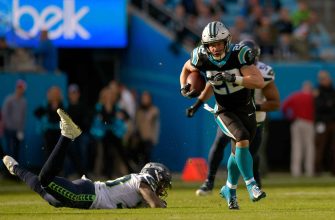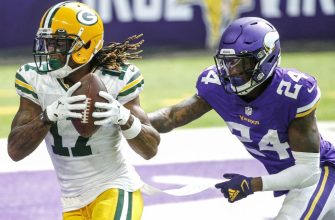The skinny post route is a variation on the regular post route run by wide receivers in football. It is designed to beat both man and zone coverage. Unlike a regular post route where the receiver runs straight downfield 15-20 yards before making a 90 degree cut towards the goalposts, the skinny post involves taking a shallower angled cut towards the middle of the field.
The key differences are that the skinny post route has a shorter stem, meaning the receiver runs straight for a shorter distance before making their cut. The angle of the cut is also less sharp, around 45 degrees rather than 90 for a regular post route. This shallower angle allows the receiver to get open faster while still attacking the middle of the field.
The skinny post is an effective route because it allows receivers to find holes in zone coverage over the middle. Against man coverage, the shallower cut makes it harder for defensive backs to stick with the receiver. Quarterbacks can also deliver the ball quickly before defenders have time to react. While not as deep as a regular post route, the skinny post still threatens the secondary vertically up the seam.
When Skinny Posts are Used
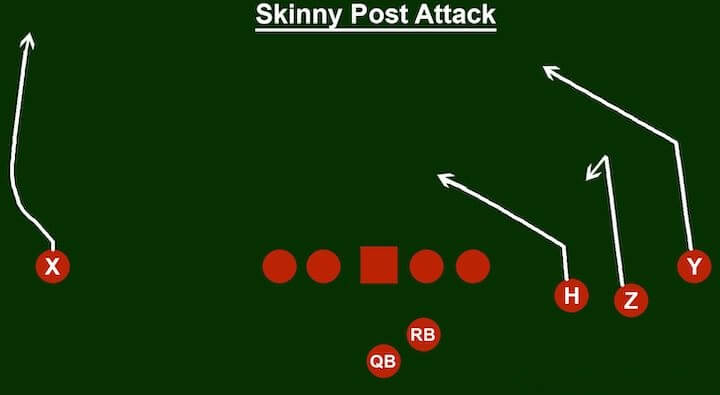
Skinny post routes are typically used on 2nd or 3rd and long situations, when the offense needs to pick up a good chunk of yardage to move the chains. They work well against certain defensive coverages like Cover 2 and Cover 3, where the safeties are playing deep and the middle of the field is open.
The skinny post allows a speedy receiver to get vertically up the field quickly and sit down in the open zone between the safeties and underneath the deep corners. Because the receiver stays skinny by aligning tight to the hash marks or numbers, he can squeeze right through the seam and become an easy target for the quarterback. The goal is to pick up 15+ yards and keep the drive moving.
Skinny posts are less commonly used on 1st down or in short yardage situations. The route takes longer to develop, so it requires solid pass protection. But when the defense is playing prevent and giving cushions, it can be an effective call to rip off a big gain. Overall, the skinny post is a great option on obvious passing downs when you need to attack downfield.
Running a Skinny Post
A skinny post route requires precise route running by the receiver. The goal is to run the route in a way that creates open space between the cornerback and the safety downfield. The receiver wants to initially stem inside to sell an inside breaking route like a slant or dig. This forces the cornerback to turn his hips inside. However, the receiver then plants his outside foot and bursts back vertically upfield on a skinny post route, aiming for the open area between the corner and safety.
Timing and accuracy are critical for the quarterback and receiver to connect on a skinny post. The receiver must sell the inside move before breaking back outside at the exact proper depth. He must then accelerate and stack the cornerback while tracking the ball thrown over the top. The quarterback has to throw with anticipation before the receiver makes his break, placing the ball perfectly over the receiver’s outside shoulder and into the open void between defenders. Mastering the coordinated timing of the skinny post route between quarterback and receiver takes extensive practice.
Throwing to a Skinny Post
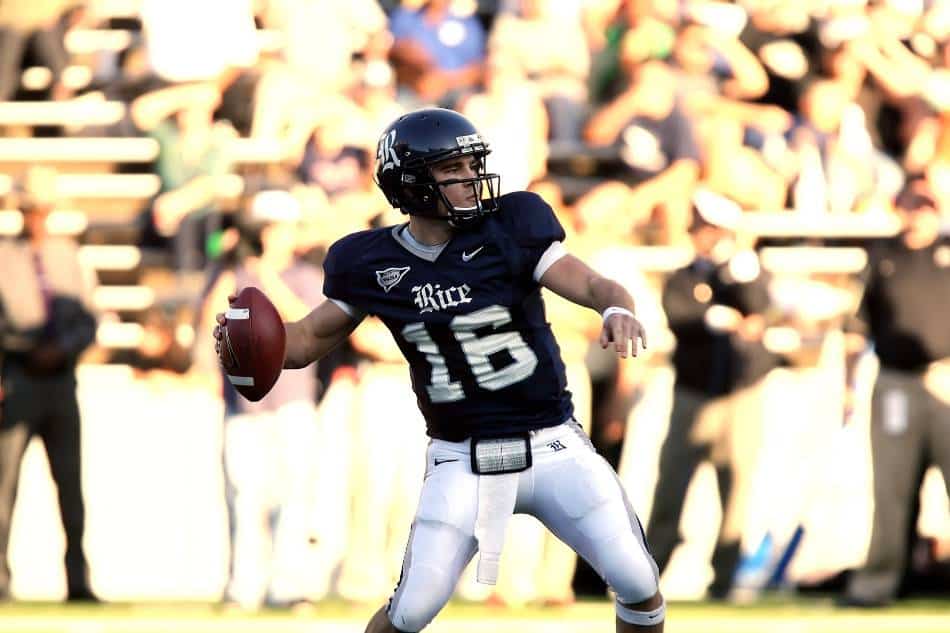
The key to successfully throwing to a skinny post route is leading the receiver and throwing the ball before they make their break on the route. The quarterback must anticipate when the receiver will make their cut and throw it to a spot where the receiver can run under it and catch it in stride without slowing down. This requires great timing between the quarterback and receiver.
The quarterback typically wants to throw the ball about 10-12 yards before the receiver makes their cut on the post route. This allows the receiver time to get their head around and locate the ball while maintaining speed through their break. It’s important not to throw it too early where the ball hangs in the air. Throwing it too late defeats the purpose of leading the receiver and can allow defenders to break up the pass.
Accuracy is also critical when throwing to a skinny post. The quarterback wants to hit the receiver in the chest as they come out of their break. An inaccurate throw can cause the receiver to lose momentum or allow defenders to make a play on the ball. Overall, proper timing, anticipation, and accuracy are essential to effectively complete passes on skinny post routes.
Notable Skinny Post Plays
The skinny post route has led to some of the most famous plays in football history. One of the most iconic examples is Santonio Holmes’ game-winning touchdown catch in Super Bowl XLIII. With just 35 seconds left, Holmes ran a skinny post route to the back corner of the endzone and made a remarkable toe-tap catch to secure the Pittsburgh Steelers’ victory over the Arizona Cardinals.
Another memorable skinny post was Dwight Clark’s “The Catch” in the 1981 NFC Championship game. Clark ran a skinny post route along the back of the endzone and leapt to grab Joe Montana’s pass, giving the 49ers a dramatic victory over the Cowboys.
In the NBA, skinny players like Kevin Durant have made clutch skinny post plays as well. His game-winning jumper over LeBron James in the 2017 Finals came off a quick skinny post move. Skinny post plays require precise timing and athleticism, making them some of the most thrilling plays when executed properly.
Skinny Post Variations
The skinny post route has a few key variations that coaches utilize to take advantage of the route’s effectiveness.
One common variation is the back-shoulder throw on a skinny post. This involves the quarterback throwing the ball behind the receiver as he makes his post cut. The receiver must adjust to the ball, using his body position to box out the defender. Back-shoulder throws work well on skinny posts since the receiver is already cutting inside, making it easier to adjust back for the ball. It is an extremely difficult play for defenders to stop.
Another effective skinny post variation is incorporating double moves. This could involve a stutter step, head fake, or other fake initially before the receiver bursts upfield on the skinny post. Double moves are great off skinny posts since defenders are already sitting hard for the inside cut. The initial fake can get them leaning or biting, opening up more separation for the post route behind them.
Defending the Skinny Post
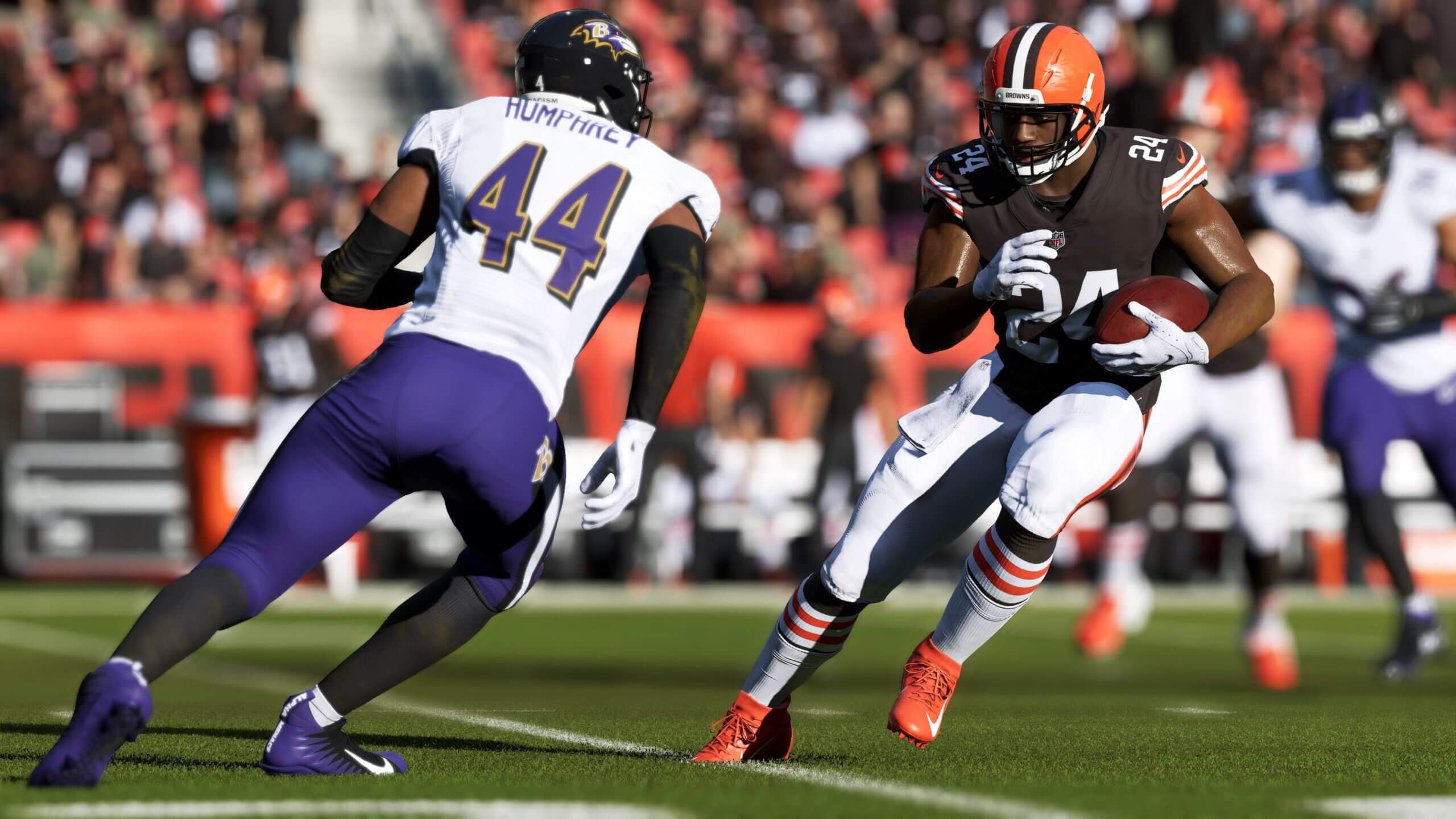
Defending skinny post routes can be challenging for defensive backs. The key is being physical with the receiver at the line of scrimmage to disrupt the timing of the route. Cornerbacks need to jam the receiver and be prepared to run with them downfield. Safeties also have an important role, providing help over the top in case the cornerback gets beat deep.
At the snap, the cornerback should be in press coverage and deliver a strong jam to the receiver’s inside shoulder to knock them off their route. This disrupts the timing between the quarterback and receiver. The corner then needs to stay stride for stride with the receiver as they push vertically 15-20 yards downfield before breaking inside on the post.
The safety plays a “robber” technique, reading the quarterback’s eyes and breaking hard towards any skinny post routes. They have to cover a large area of the field and be in position to help take away the deep middle post. With the corner jamming underneath and the safety over the top, the passing window for the quarterback can be extremely tight.
Executing press coverage and safety help over the top are keys for taking away skinny post routes and keeping them from turning into big plays downfield.
Skinny Posts vs. Other Routes
The skinny post route is often compared to the regular post route and corner route.
The main differences are:
-
Regular Post Route: A regular post route has a sharper 45 degree angle towards the middle of the field. This makes it better for beating safeties over the top. However, it also makes the throw timing more difficult compared to a skinny post.
-
Corner Route: A corner route heads directly for the corner pylon of the end zone. It is designed to beat man coverage down the sideline. A skinny post heads more towards the middle of the field compared to a corner route.
-
Seam Route: A seam route stays vertical longer before breaking inside. The skinny post breaks earlier towards the middle of the field compared to a seam route.
So in summary, the skinny post strikes a balance between a regular post and corner route. It breaks earlier than a seam route. This combination makes it effective at finding holes in zone coverage over the middle.
Skinny Post Routed by Position
Typically run by faster WRs like flankers and slot receivers. The X receiver, or flanker, lines up on the weak side of the formation and often runs routes like the skinny post to take advantage of their speed and avoid the defense’s strength. Slot receivers also frequently run skinny posts, using their quickness in tight spaces to get open over the middle.
Their route running precision is key. Slower receivers like split ends usually do not run the skinny post as much given the deep route and need for speed bursting off the line. So flankers and slot receivers are most associated with successfully running the skinny post. Their athleticism allows them to sell the vertical route before breaking inside.
Conclusion
The skinny post is one of the most effective and versatile route concepts in football.
Here’s a summary of the main points on why it is such an important weapon for offenses:
-
It attacks the deep middle part of the field, challenging safeties and exploiting holes in zone coverage. The post route gets receivers behind linebackers and in front of safeties.
-
It requires precise timing between quarterback and receiver. The QB must anticipate when the receiver makes his break and deliver an accurate throw in a tight window.
-
Skinny posts are often used off of play action. The threat of a run sucks up linebackers and safeties, opening space behind them.
-
Many variations of the route exist, such as post corners and corner posts. This versatility keeps defenses guessing.
-
Great quarterbacks excel at throwing frozen ropes down the seam on skinny posts. Receivers must run crisp routes and catch in traffic.
-
While zones can take away skinny posts, man coverage often struggles containing them. Defenses must disguise coverages well when facing them.
-
The skinny post exploits the field vertically and horizontally, making it one of the premier routes in football. When executed properly, it consistently yields big chunk plays.
The skinny post requires talent, timing, and precision between QB and receiver. When all those elements come together, it can be virtually indefensible and devastate defenses. This versatility and big play ability make it one of the deadliest route concepts in football.






